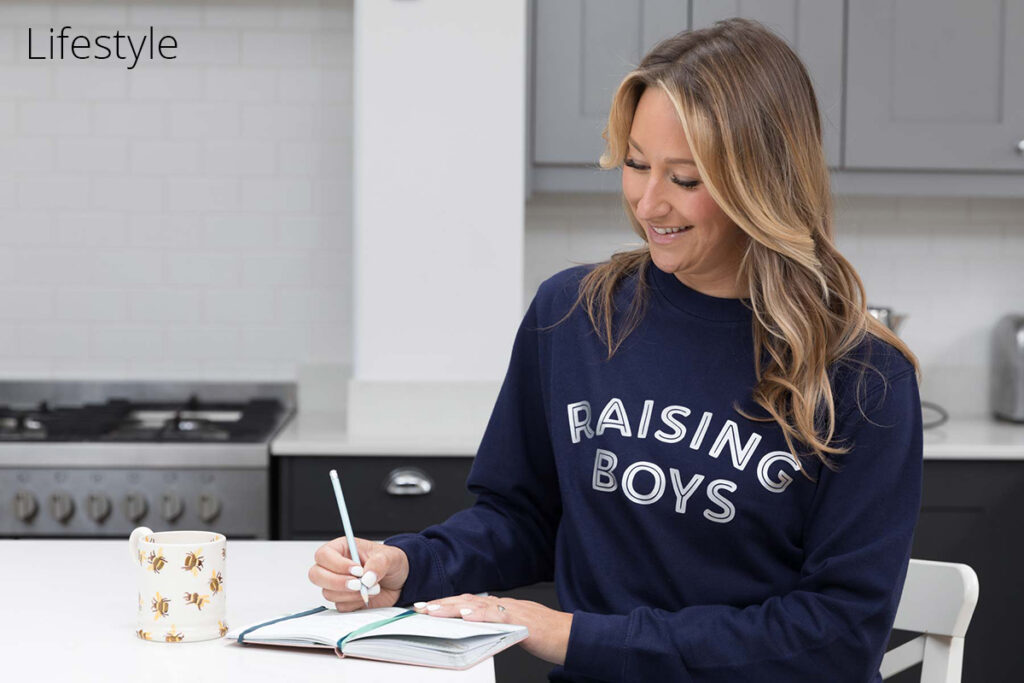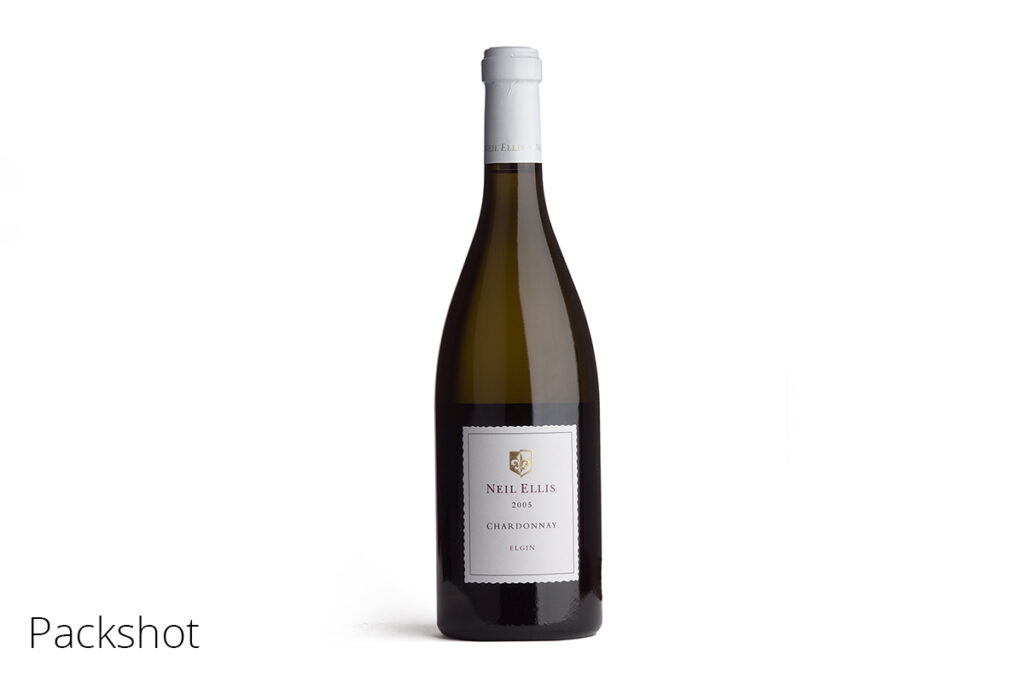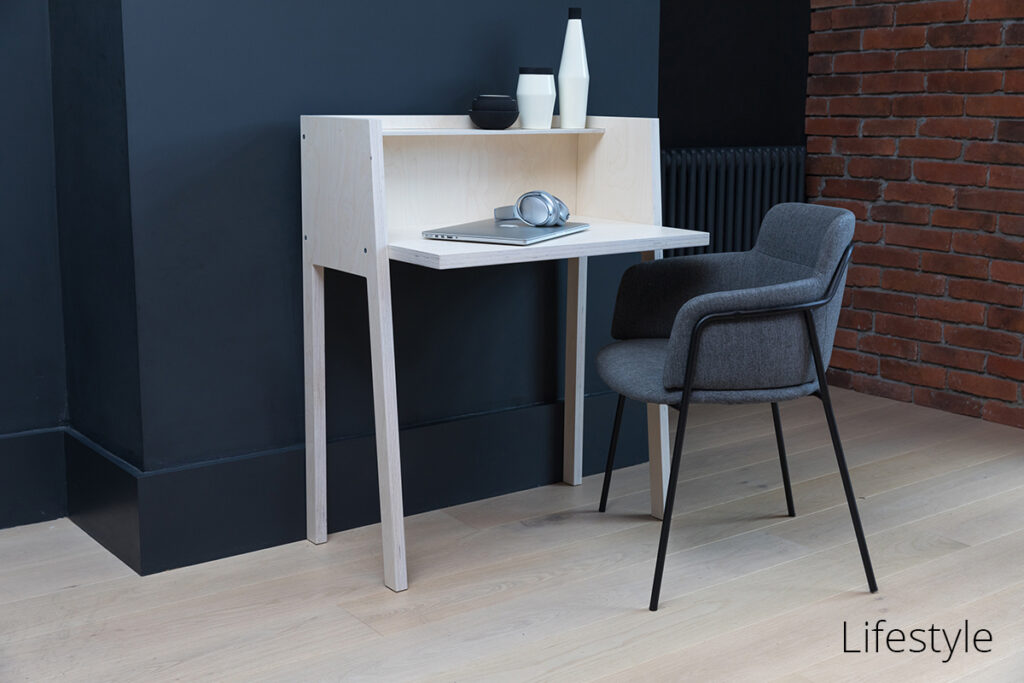Here are four styles of product photography explained to help you decide which is best for your brand.
Styles of Product Photography: Lifestyle
Lifestyle product photography brings an element of styling into the photograph. For example, if you sell coffee cups we might include a handful of coffee beans to the side of the cup & a pot of coffee in the background.
Sometimes it brings an element of aspirational living to your products. For example, not just coffee in the cup but a group of friends sitting around a table, cups of coffee in their hands. Smiling, laughing & having fun together. The customer sees this & wants that experience.

People rely heavily on emotions when making decisions. This style of product photography helps put your item into context & helps customers imagine how it would fit in with their daily life. The aspirations evoked by lifestyle images connect with their emotions & influence their purchasing decisions.
Lifestyle product photography works really well for brands selling through Instagram.
Flat Lay
Flat lays are an increasingly popular way of showcasing your products.

Items are arranged on a flat surface & shot from above. It’s popular for its versatility & is perfect for adding quotes, information, or advertising banners. Flat lays are a great way of showing a range of products together.
Styles of Product Photography: Packshot
The standard style for e-commerce photography is a plain white background. This is often required for press & PR use so that they can cut the images out drop the images onto other backgrounds within a feature.

Many major online retailers (think Amazon, John Lewis) use a predominantly white background to showcase products in their online stores. A plain white background offers no distractions & ensures that your product is the focus of attention.
Detail
Close-up photos help to reveal the subtle little details that make your product unique.

In a physical shop, a customer can pick up items to examine it. In an online store your photos need to show the details & nuances. Imagine picking your product up, what would you look at? The front, back, side, the inside, the stitching, joints & the texture of the fabric. If it is an important feature of your product you need your photos to illustrate it.
